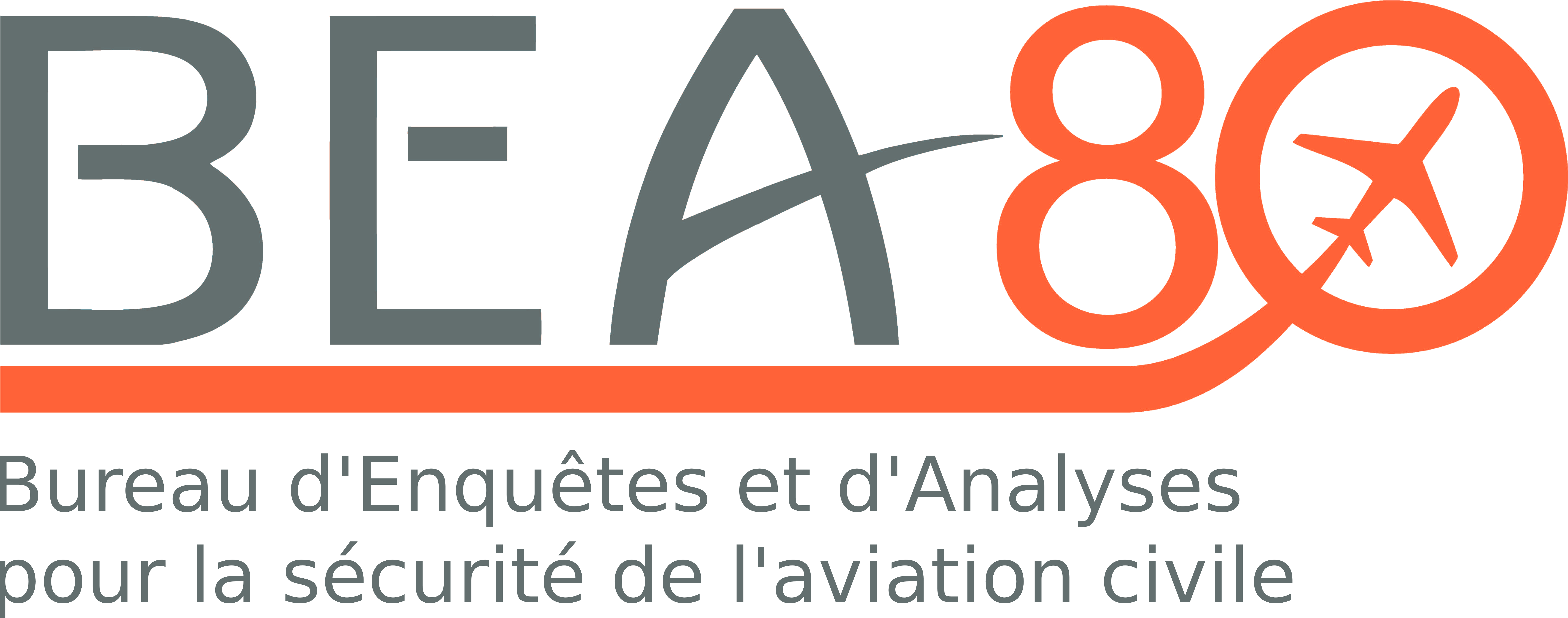Accident to the Aerospool WT9 registered F-HVXJ on 22/10/2023 at Vannes
Failure of nose gear during touch-and-go landing, precautionary landing
This is a courtesy translation by the BEA of the Final Report on the Safety Investigation. As accurate as the translation may be, the original text in French is the work of reference.
Note: the following information is principally based on the pilot’s statement. This information has not been independently validated by the BEA.
1. History of the flight
The pilot, alone on board, took off from runway 22[1] and carried out three runway circuits before leaving for a local flight. On his return, the pilot joined the aerodrome circuit and, on final approach, explained that because of the density of inbound traffic at Vannes Meucon aerodrome, he increased the approach speed, normally between 65 and 70 kt according to the flight manual. The AFIS agent reported wind from 190° of 5 to 9 kt.
At around 11:55, on touchdown on the runway for a full stop landing, the aeroplane bounced. The pilot remembered allowing the stick to move forward and that the contact with the runway was then hard. The pilot took off again to join the aerodrome circuit. The AFIS agent told him that the aeroplane's nose wheel was on the runway. Agents from the Aircraft Rescue and Firefighting Service (ARFF) went to the runway to inspect it and recover the parts left by the aeroplane on the runway.
At the request of the AFIS agent in order to allow the inbound aircraft to land at Vannes - Meucon aerodrome, the pilot held to the east of the facilities. At 12:08, the pilot carried out a low pass over the grass runway 26/08 to obtain visual confirmation from the AFIS and ARFF agents of the damage to the aeroplane.
At 12:14, the pilot landed on paved runway 22 and the aeroplane came to a stop on the runway centreline.
The nose gear had ruptured at the point where the carbon fork is attached to the gear leg (see Figure 1 and Figure 2). The propeller blades were damaged by them having rubbed the runway during the landing (see Figure 1 and Figure 3).

2. Additional information
2.1 Pilot information
The 70-year-old pilot held a private pilot licence obtained in October 1981. He had logged around 800 flight hours, including 2 h 55 min in the 30 days preceding the accident flight, all on the DR400. In August, he had flown four times on the WT9 for a flight time of around three hours, all as pilot-in-command.
The pilot believed that the aeroplane's pitch attitude on approach and landing may have been slighter than usual, probably due to the speed adopted and the impression he has of being nose-up on the WT9, even when the aeroplane is on the ground.
2.2 Aircraft information
The WT9 Dynamic LSA Club is a CS-LSA-certified single-engine aeroplane with low wings and a fixed landing gear. The airframe is made of composite materials. It can carry two people, side by side in the cockpit, and has a maximum take-off weight of 600 kg.
The aeroplane’s flight manual recommends maintaining an approach speed of 65 to 70 kt and starting the flare at a height of two to three metres. After touchdown on the main landing gear, without power, the nose wheel should be lowered gently as the speed decreases.
Description of the nose gear (see Figure 4):
- The metal nose gear leg, linked to a carbon fork, is attached to the firewall. It can be swivelled and controlled using the rudder pedals.
- The nose gear also includes two bungees and a rubber shock absorber.
- The wheel is surrounded by the wheel fairing.

Figure 4: nose gear (source: WT9 Dynamic LSA Club maintenance manual)
2.3 Meteorological information
The meteorological conditions at Vannes - Meucon aerodrome, available in the METARs, were:
- 11:30 METAR: wind from 170 of 4 kt, visibility greater than 10 km, few clouds at 2,700 ft, temperature 14°C, dew point temperature 12°C, QNH 1008;
12:00 METAR: wind from 80, varying between 150 and 220, of 6 kt, CAVOK, temperature 14°C, dew point temperature 12°C, QNH 1008.
